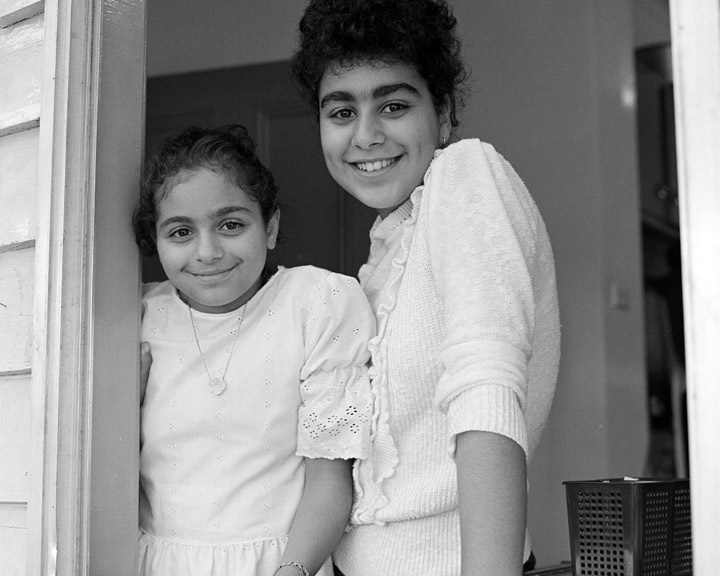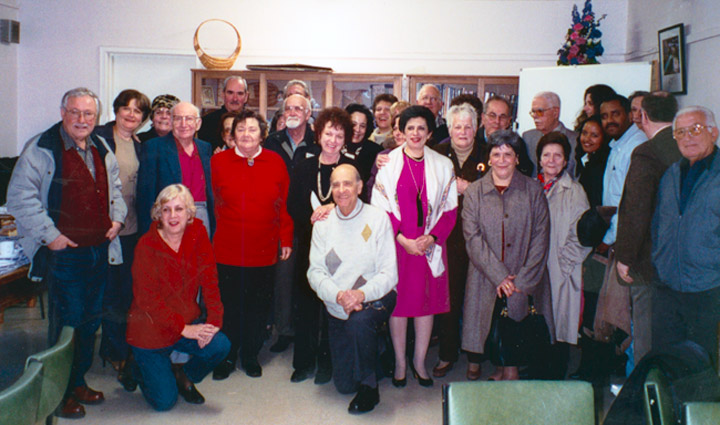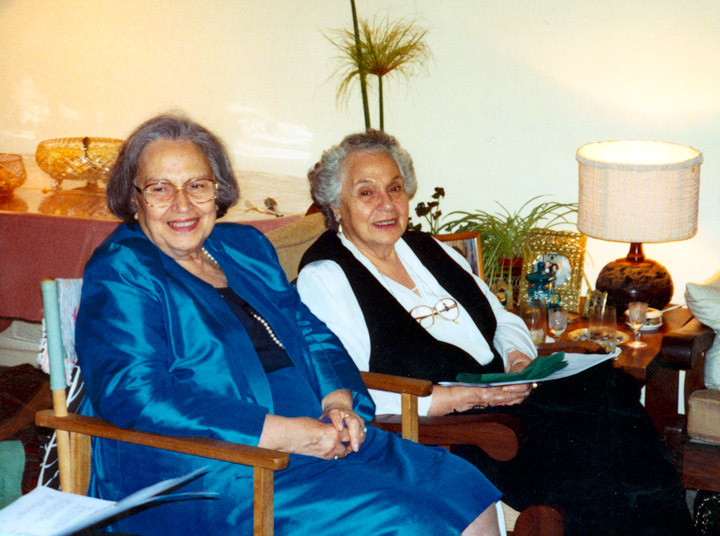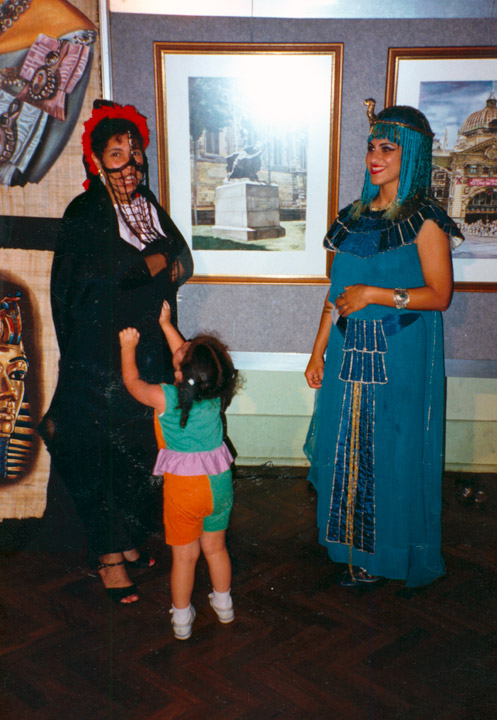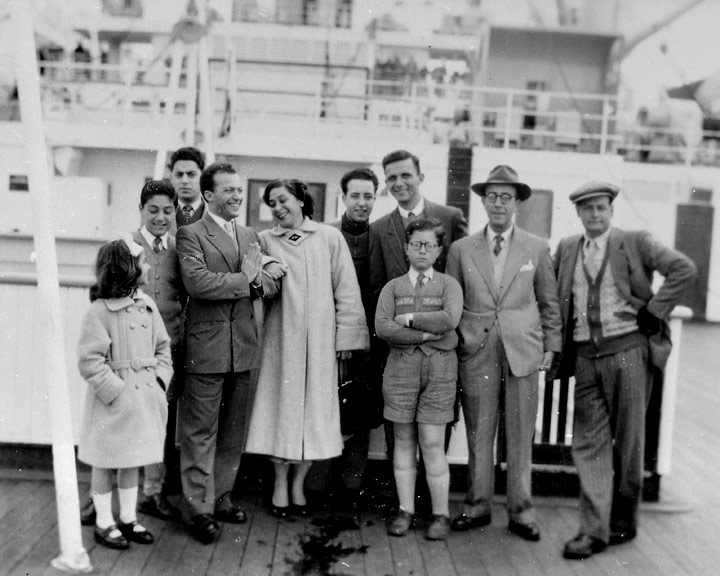Immigration History from Egypt to Victoria
Just five Egyptians were counted in the Victorian census in 1871, two years after the Suez Canal route through Egypt to Australia opened. By 1911, the population was still only 26. Most of these early settlers probably came to Australia as labourers and would probably have been of European heritage.
Immigration from Egypt to Victoria increased significantly after World War II. A large number of immigrants arrived in the late 1940s and 1950s, escaping the growing Arab nationalist movement in Egypt which saw the overthrow of the Egyptian monarchy and the subsequent Suez Crisis. By 1952, the population of Egypt-born Victorians had increased to 2,748; within seven years it had more than doubled to 6,555. Because of their multilingual skills many secured employment as translators and interpreters for the Australian government, in particular for the Department of Immigration.
During the 1970s and early 1980s, increasing numbers of Egypt-born people settled in Victoria, and by 2016, the community had grown to 13282 people.
The variety of languages spoken by Egypt-born Victorians today reflects the multicultural character of the cosmopolitan cities of Alexandria and Cairo. While nearly half speak Arabic at home, the population includes significant numbers who speak Greek, Italian, French and English.
Egypt-born Victorians occupy a wide range of professions in Victoria, with nearly half of those currently employed working in managerial or professional roles. The community lives across Melbourne and in regional centres, with larger numbers in Melbourne’s north-west. The vibrant and diverse Egyptian culture is sustained and promoted through a range of community organisations including the Egyptian Federation of Victoria, the Alexandrian Group (AAHA), the Greek Egyptian Group (EEAMA) and the Melita Social Club.
Immigration History from Egypt (Arabic) to Victoria
بنتيجة إحصاء عام 1871 في فيكتوريا تبيّن إن خمسة مصريين فقط كانوا يعيشون في الولاية بعد سنتين من افتتاح طريق قناة السويس التي تصل مصر باستراليا. وبحلول عام 1911، كان عدد المصريين لا يزال 26 فقط. وقد أتى معظم المهاجرين الأوائل كعمّال وكانوا ربّما من أصول أوروبية.
وارتفعت الهجرة من مصر إلى فيكتوريا بشكل ملحوظ بعد الحرب العالمية الثانية حيث وصل عدد كبير من المهاجرين في أواخر الأربعينات والخمسينات هرباً من مدّ الحركة القومية العربية في مصر والتي تمثلت بالإطاحة بالملكية وما تلاها من أزمة السويس. وبحلول عام 1952، إزداد عدد المهاجرين المصريين من مواليد فيكتوريا إلى 2748 وتضاعف العدد في غضون سبع سنوات ووصل إلى أكثر من 6555. ونظراً لمهاراتهم المتعددة اللغات فقد حصل العديد منهم على عمل في قطاع الترجمة التحريرية والشفوية في دوائر الحكومة الاسترالية، ولاسيما في دائرة الهجرة.
خلال السبعينات وفي مطلع الثمانينات، استقرت في فيكتوريا أعداد متزايدة من المصريين المولودين في مصر. وبحلول عام 2011، نمت الجالية فأصبح تعدادها 12,491 نسمة.
إن تنوع اللغات التي يتحدث بها سكان فيكتوريا من مواليد مصر يعكس النمط المتعدد الثقافات لمدينتي الإسكندرية والقاهرة الحضاريتين. وفيما يتحدث حوالي نصف السكان العربية في بيوتهم، فإن من بين السكان إعداد كبيرة يتحدثون اليونانية، والإيطالية، والفرنسية، والإنجليزية.
يحتل أبناء فيكتوريا من مواليد مصر مجموعة واسعة من المهن التخصصية، بينما يعمل نصف هؤلاء حالياً في وظائف إدارية، أو تخصصية. ويعيش أبناء هذه الجالية في كافة أنحاء ملبورن، ومراكز الأرياف. وهناك أعداد كبيرة تعيش في ضواحي ملبورن الشمالية الغربية. ويحافظ هؤلاء على الثقافة المصرية الحيوية والمتنوعة، ويروجون لها من خلال عدة منظمات إجتماعية، مثل الجمعية المصرية في فيكتوريا، ومجموعة الاسكندرية (AAHA)، والجمعية المصرية اليونانية (EEAMA) ، ونادي مليتا الاجتماعي.
